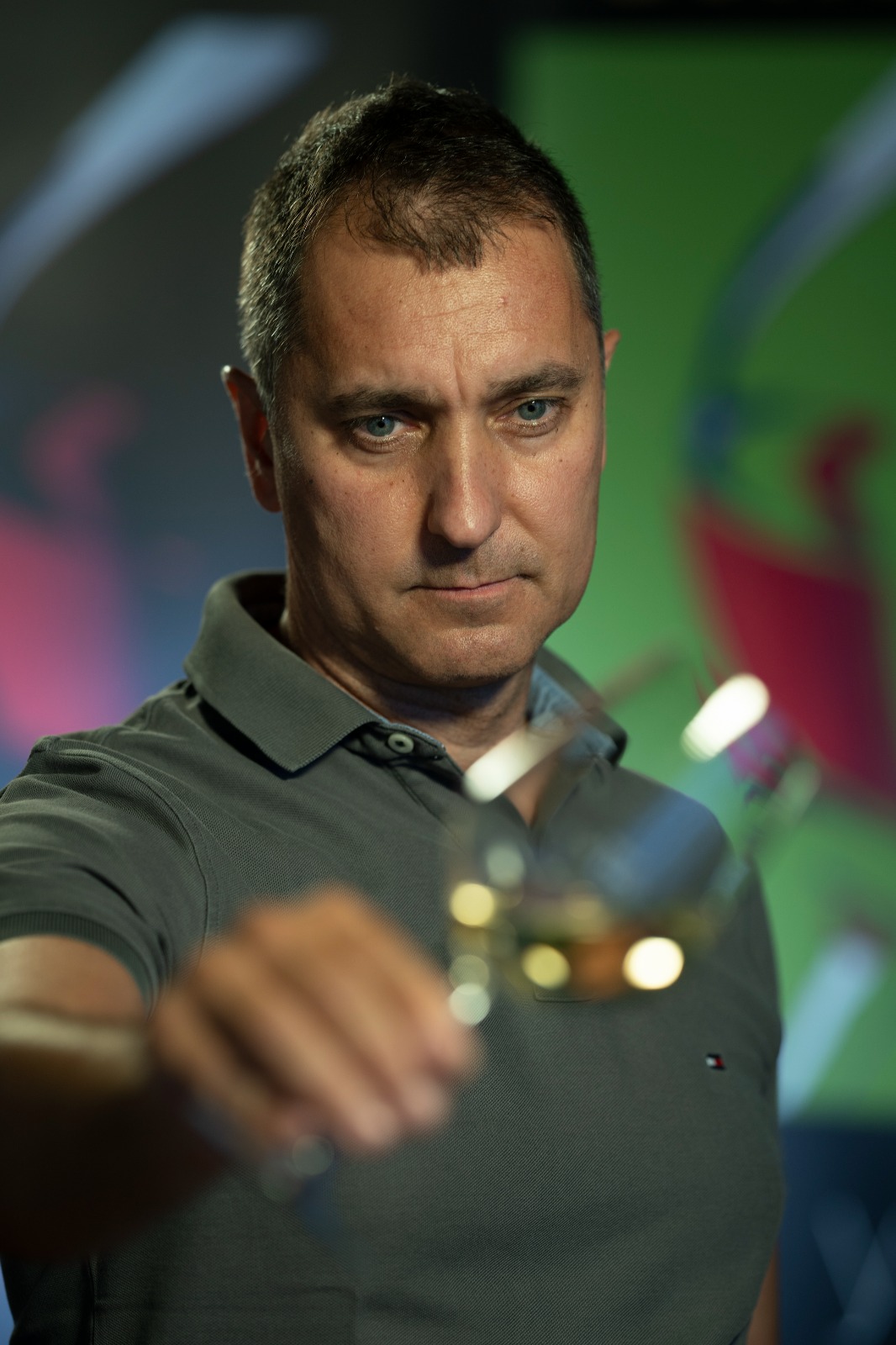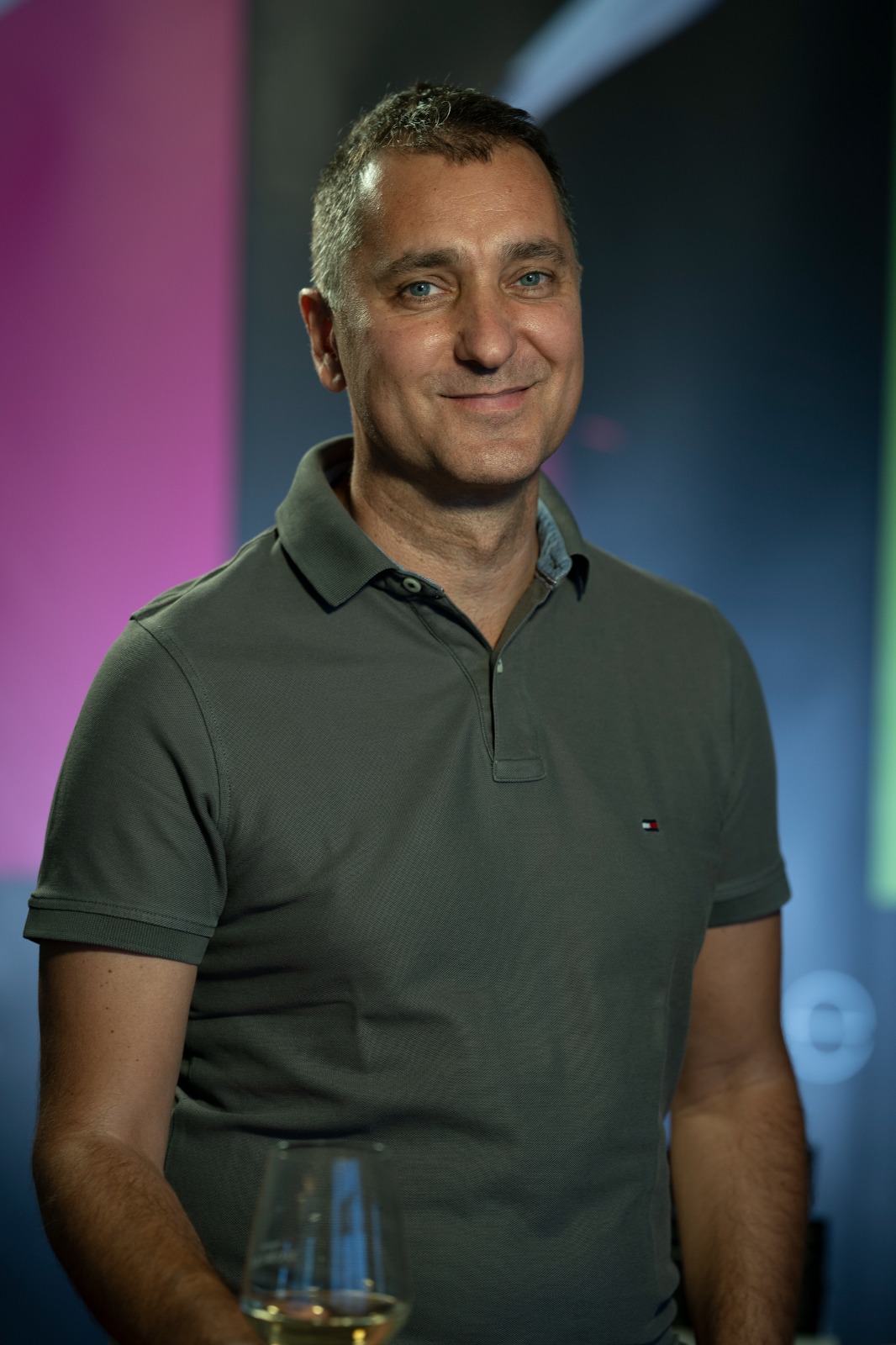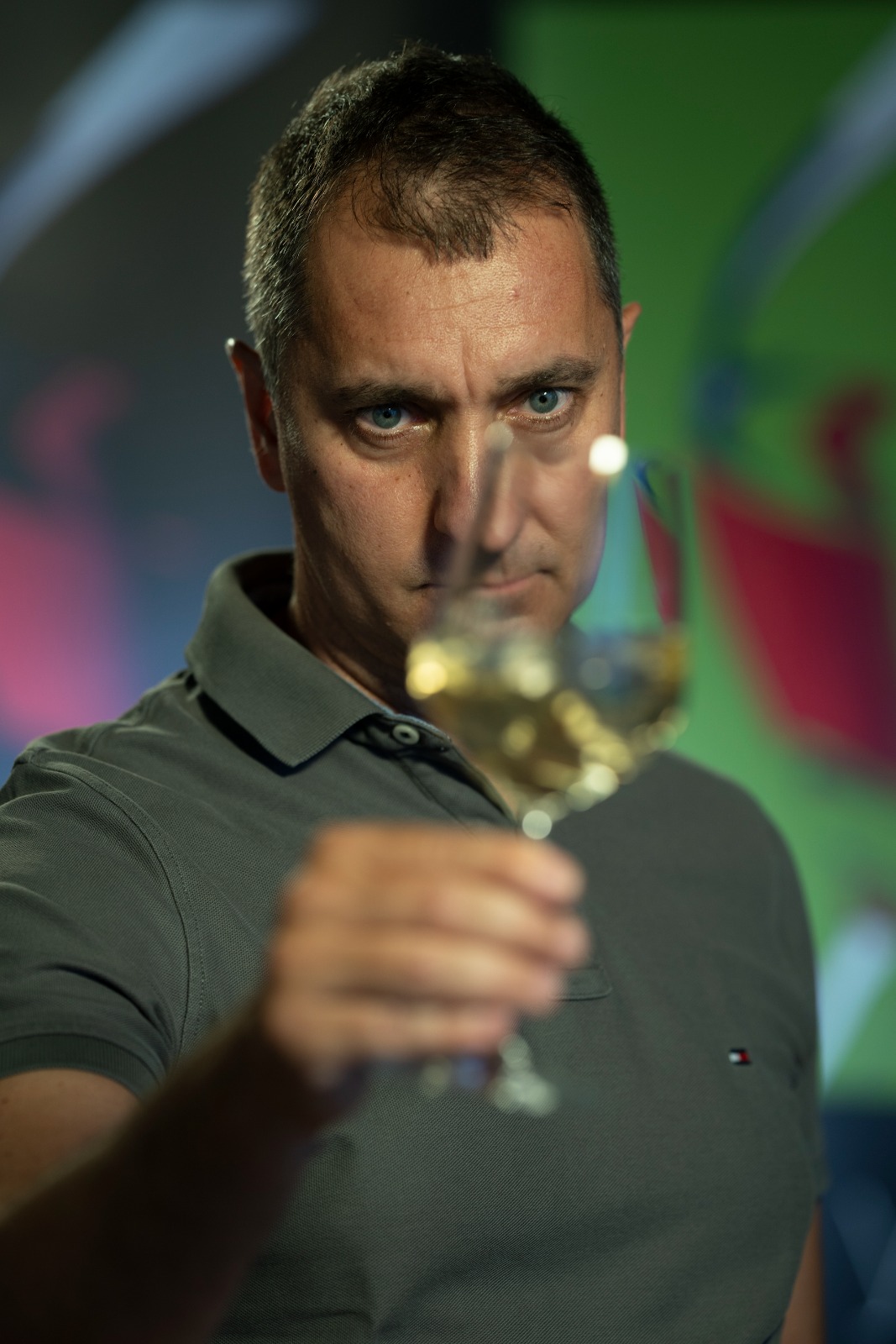The Wolf Post, supported by a Cultural Association, offers a professional service with free access, without subscription.
For this reason, a donation would also be a sign of appreciation for our work.
The primary goal of an oenologist is to be able to give the owner of the winery and, therefore, also to the final consumer, the “perfect wine”, enhancing and optimizing the fruit of the gods: the grapes.
Does the “perfect” wine really exist? Someone has defined the perfect wine as that which meets the favor of producers, others that of consumers. There are also those who argue that the perfect wine is the one without defects. Yet, we know that, sometimes, a small imperfection can turn into an added value, an example of all “bretted” wines, loved and hated at the same time.
By adding a new chapter to the column, which gives a voice to winemakers, we turn to the most authoritative source to understand if the perfect wine exists and to what extent.

©Paolo Peira
Who better than an oenologist can know the fatigue and the many variables that affect the production of wine from the vineyard to bottling. Yet, often, the most ruthless judgments about wine come from those who only taste the final product without having witnessed the entire production process. For this reason, only an oenologist can really know if there is a “perfect” wine and when it can be defined as such, according to his experience.
The perfect wine does not exist. The dream of each oenologist is to produce a so-called perfect wine but we know well that every taster has a vision of it and his own conception of beauty, and of the good, for which everything is extremely subjective. Personally, I believe that a quality wine must have some very specific prerequisites including slowly aging the bottle and keeping the characteristics present at bottling almost unchanged. Furthermore, and this is true only for mono-varietal wines, quality wine must respond sensorially to the aromatic descriptors imposed by the variety used.
Is there a defect that you are particularly afraid of?
The defect that I fear most, also because it is beyond our abilities and our control, is the taste cork. We improperly define “taste cork” because, sometimes, the contamination does not come from the corks but is of an environmental type, so it is necessary to thoroughly investigate the causes before issuing judgments. In the last twenty years, cork producers have made great strides to try to stem contamination and limit concentrations of trichloroanisole (TCA), however the problem has not yet been completely solved.
What are the operations, or strategies, that you implement to prevent this problem from arising?
To avoid contamination coming from the corks, it is necessary to rely on a serious and conscientious partner, with great experience and, above all, with excellent research and development centers and analysis laboratories. To avoid environmental contamination, the cellar must be managed in an impeccable way in terms of hygiene and the choice of products used for cleaning and sanitizing the premises and equipment.

©Paolo Peira
Your thoughts on “Brett” wines: are they undoubtedly defective wines or are they an interesting experience?
Phenolated wines are and will remain a defect. For many years it was believed that these scents were the result of a particular terroir or that they developed on certain varieties. Today, we know exactly the causes, prevention and remedies. It is a contamination yeast that produces nauseating hints and above all covering the true sensory profile of the wine, in any context and variety. If a wine has no merit, it will certainly not be improved by acquiring a defect.








